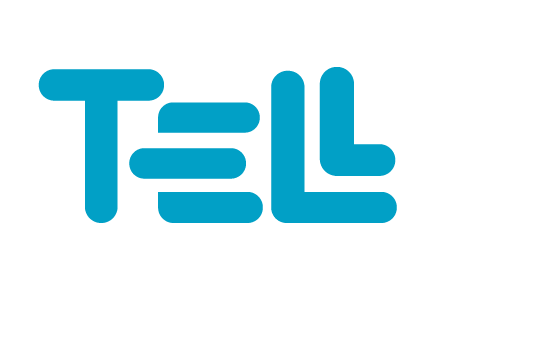Imagine having to sit there, coffee in hand, tired from the previous day, poisoned by your contemplation on whether your conference was a success.
As you watch the steam from the coffee rise up into the air, you feel powerless and lost trying to find any kind of Key Performance Indicator (KPI). You begin to ask yourself if the event was just a waste of time and money.
But what if I told you there’s an antidote to this confusion?
Every corporate event that you host is successful to some extent. Your job is to figure out how successful it is and in which aspects.
But why?
Post-event analysis can greatly help you when planning future events. Not only that, but it encourages you that your investment in the event was well spent-not a waste.
Want to find out how you can measure the success of your function?
Keep reading and let me walk you through it.
How Does It Work?
Measurement can always be split into two very distinct but important categories.
There’s the quantitative, in other words, your numbers.
These are any aspects that can be measured with numeric values such as attendees, their sit-through rate, or number of purchases of a product after an event.
On the other hand, there’s your qualitative data.
This is data that can not be measured by numbers. Examples can be your attendees’ favorite part about the event, their opinions, and maybe feedback and suggestions for future events.
Now that you know the difference between the two, let me walk you through measuring the success of a corporate function.
Event Objective
It all starts with your event objective.
Before any corporate function, you must set a clear objective that defines what success would mean for you.
One of the easiest ways to do this is using our WWW strategy.
What, Who, Why.
Here’s an example. Let’s say we’re hosting a book launch for a new teen parenting guide.
Our “What” could be showcasing the new book about parenting. The “Who” would be to parents with teenagers, probably between the ages of 35 and 50. The “Why” would be to grow the popularity of the book and drive sales.
In full your objective would be “We are hosting this book launch to showcase our new parenting book to parents to increase the book popularity and sales”
Simple enough right?
Numbers
Like I mentioned earlier, quantitative data is important when measuring the success of an event.
If you want to clearly understand how successful your event was, you need numbers.
But before we get to collecting numbers, we need to define what values would mean success for us.
All you have to do here is take your event objective and clarify it, making it concise, by the addition of numbers to it.
Here’s a continuation of the previous example.
“We are hosting this book launch to showcase our new parenting book to at least 40 parents between the ages of 35-50 to increase the book popularity and sales by 30% over the next month”
See how numbers added to the objective enhance it and make it clearer?
Once you’ve got that done we can move on.
Which Data Will Be Useful?
This part is actually quite simple, it only takes a bit of common sense.
All you have to do is look at every aspect of your objective and decide what data would be useful in assessing the event’s success.
Going back to our previous objective, we can deduce that to be successful in hosting 40 parents, we would need data on how many parents attended.
To measure our success in book sales, we would need data on how many books were sold in the next month after the book launch and so on.
It’s all very simple, quick, and easy to do.
One thing you must not forget though is your qualitative data. Though it may not be clearly defined in your objective, it is still important.
Such data usually consists of your attendees’ opinions and feedback on the event.
How Can You Collect This Data?
Your next step is to figure out how you can collect the data that will help you measure your success.
At this point, you can now start doing research on the best ways to collect whatever data you need.
For each piece of data, note down how you plan to collect it at the event and what tools you may need.
You may need to make surveys and questionnaires or have a digital attendance measurement tool at the event.
This is the stage where you make sure you know how to use and can access all those tools.
Data Collection and Analysis
Finally, the day of the event comes and it is time to put all your tools to work.
Make sure you have people monitoring the data as it comes in to watch for any inconsistencies or errors that are blatant to the eye.
Once all your data is in, you can begin using more tools and software to help you analyze it and put it into perspective.
Using tools like spreadsheets can help with generating graphs and charts that give you a clear view on whether your event met, exceeded, or failed to exceed the goals you had set.
At this point, you finally get to understand how successful your event was.
General Feedback
Here we are at the stage most managers at events forget to check off when collecting data to determine how successful their corporate event was.
You need to make sure you collect feedback from your attendees.
Whether it is very quick interviews with a few people, or just short conversations with some specific questions about the event, you need to make sure that you get that qualitative data in.
You must get their perspective on your function as it will point out a lot of things that you can improve on for your next event-things that numeric data can’t show you.
So make sure you put some time aside to speak to your guests.
Success is For Everyone
One thing you must absolutely watch out for is setting objectives that are taken from the event of another business or person.
Success is different for everyone and defined differently from differing perspectives. This means everyone can be successful in their own way and that is why you must define your very own success.
For some of you, you may have already defined success but don’t know how to set up the perfect corporate event to smash your objective.
Tellit Events is here to help you out.
We take your event from just an idea to a real life spectacle that aligns best with your objectives.
Sounds like something you’re interested in?
Find out more with the button below.
I’ll see you on the other side!




